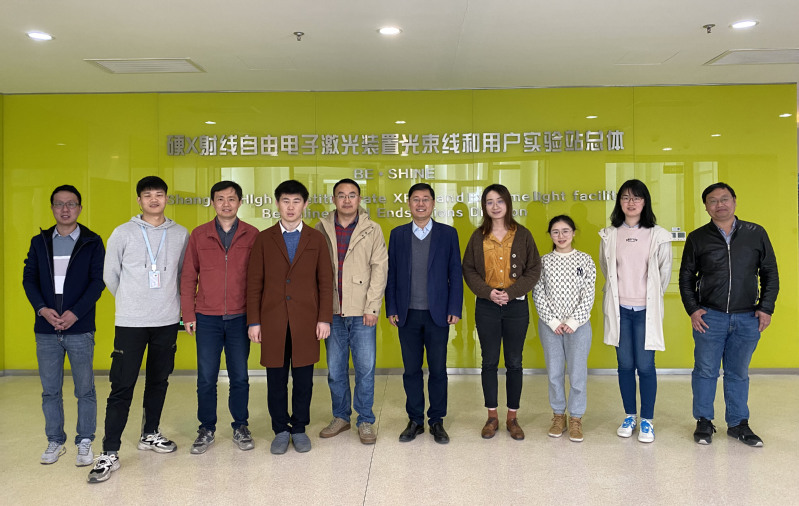
FEL-I includes two experimental endstations, namely, hard X-ray high resolution resonance scattering experimental endstation (HSS) and single molecule/single particle coherent diffraction experimental endstation (CDS). with the FEL-I beamline provides an energy range of 3-15 keV, as well as high repetition rate, high brightness, ultra short pulses and full coherence.
CDS uses high repetition-rate, highly bright, femtosecond, and fullly coherent X-ray pulses to carry out a variety of diffraction-imaging-based techniques to determine material structures and dynamics at atomic spatial resolution and femtosecond temporal resolution. It is mainly applied to biology, material science, physics, chemistry, and environmental science. The scientific scope is non-destructive imaging before destruction for nano particles, biological cells and subcellular structures, viral particles, and macromolecular protein structures, so as to reduce the radiation damage caused by X-ray, and measure the structure and dynamic process of biological and other samples in the insitu environment. In addition, the multi-functional sample chamber system of the CDS experimental station can be combined with a variety of experimental methods, such as pump-probe and flight mass spectrometry, to measure the physical structure, chemical composition of nanomaterials and the changes in the microstructure of materials.
Main techiniques of CDS experimental endstation:
Single particle imaging
Nanocrystal diffraction imaging
Time-resolved measurement using laser-pump-X-ray-probe
X-ray scattering
Key features of CDS experimental endstation:
Near atomic spatial resolution structure imaging
Multi functional and multi type sample transfer schemes
Advanced data acquisition, processing and analysis schemes
Femtosecond dynamic measurement of material structure




